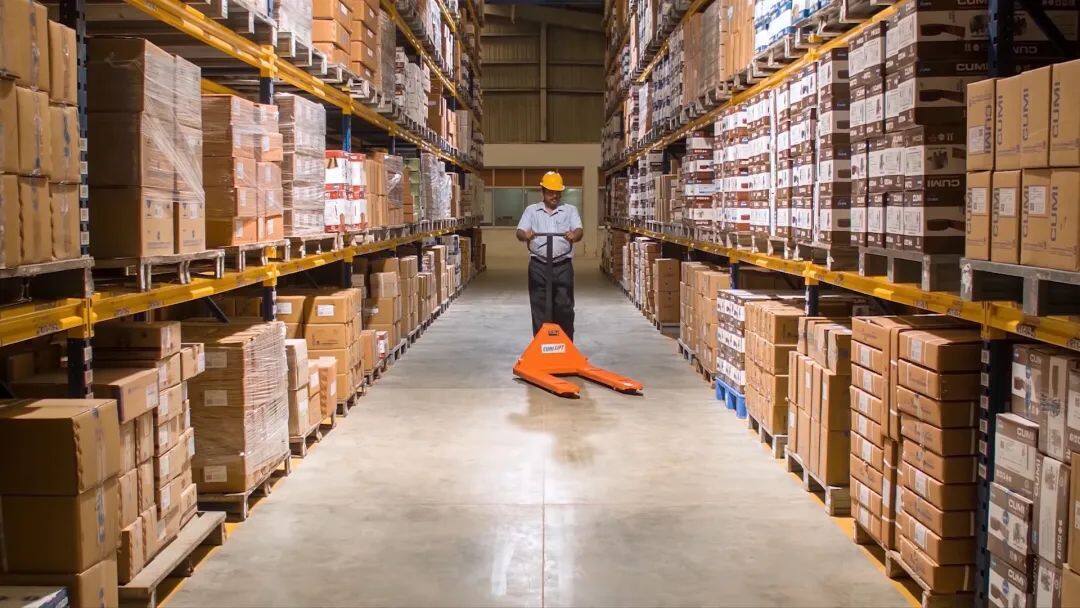[Column] Construction Machinery Companies Going Abroad, Initial Parts Inventory is a "Black Hole"
Release time:
2024-08-31
In recent years, the trend of Chinese companies going overseas has become prominent. The domestic market is saturated and experiencing "involution," leading to serious overcapacity, making overseas expansion a strategic choice for many Chinese companies. Chinese enterprises have seized opportunities during the pandemic, continuously making breakthroughs in overseas markets, significantly increasing their market share abroad.
To ensure customer satisfaction overseas, the biggest challenge faced by Chinese companies is the timeliness of service, which fundamentally relies on the availability of spare parts. Therefore, the role of spare parts inventory planning is crucial.
When a customer's equipment malfunctions and urgently requires a specific spare part for repair, having stock in the warehouse can resolve the issue promptly; if out of stock, the customer has to stop operations and wait. Considering the long delivery times in overseas markets, a shortage of spare parts can severely damage customer satisfaction and market share.
To ensure timely overseas service, Chinese companies adopt the approach of "before the troops move, the supplies must be ready." When equipment enters a certain market, an initial stock is first placed in overseas warehouses. Once equipment malfunctions, the spare parts in the warehouse can ensure availability, thus guaranteeing service timeliness and customer satisfaction. This idea and approach are logical and seem to be a perfect solution to the issue of spare parts delivery times.
The key question is what spare parts should be included in the initial inventory and what should not. Including unnecessary spare parts can lead to stagnation, while not including needed spare parts can result in shortages. Who decides what spare parts should be included?
For Chinese companies, overseas markets are new, lacking accumulated data on spare parts demand and failure rates, making it difficult to rely on past spare parts demand data for inventory planning. In other words, the initial inventory plan is essentially based on zero data, and coupled with the complexity and variety of exported equipment models, there is no foundational data on which parts are prone to failure and which parts are in demand.
Many companies believe that experts must know what inventory to include, so technical experts and R&D personnel jointly propose initial inventory suggestions to ensure timely service and avoid customer waiting. The safety factors suggested by experts for inventory are often quite large, with some even suggesting to stock some complete assemblies, resulting in a very sad outcome: the spare parts urgently needed by customers are often out of stock, while many parts in the initial inventory go unused. Years later, 70% of stagnation issues stem from the initial inventory, causing significant economic losses.
A certain construction machinery manufacturer disposed of over 70% of the initial spare parts inventory placed in the European central warehouse, resulting in huge investments that not only failed to benefit customers but also caused irreparable losses to the company. The foundation of spare parts inventory planning is data; it is not that the experts' work is unprofessional, but rather that experience cannot replace data. Without data, effective planning is impossible, and painful lessons serve as a warning.

The strategy of going overseas has become a top priority for many Chinese companies, with several treating it as a political task. No one is willing to bear the risk of overseas spare parts shortages, so the principle for initial inventory suggestions is to have more rather than less, resulting in even greater waste. We must be clear that regardless of how many spare parts a company stocks, shortages are inevitable, and the practice of increasing inventory to improve availability is incorrect, as it will create a "black hole" of stagnant inventory that the company will have to fill with profits in the future.
Many Chinese manufacturers have an overseas spare parts inventory turnover rate of less than once a year, indicating that after a few years, over 70% of the spare parts will become stagnant inventory. How much profit will the company need to allocate to fill this "black hole"?
Whether it is manufacturers, spare parts stores, or service providers, all face the risk of initial inventory when going overseas. My suggestions are: 1. Products should adopt modular designs as much as possible, so that failure data and spare parts demand from the domestic market can serve as references for overseas; 2. Collect equipment failure data, maintenance and repair spare parts demand, parts prone to failure, and repair kits needed to troubleshoot, so that companies have data for inventory planning; 3. Avoid having a one-size-fits-all approach to spare parts inventory; initial inventory should be small and gradually increase with market development to avoid inventory mismatches.
In the era of big data and artificial intelligence, companies need to collect data. With data, demand forecasting can be done more accurately based on models, minimizing stagnant inventory. Never shout "spare no effort to meet customer demand"; such an approach is costly and leads to unbearable stagnant inventory. The choice of going to any lengths should not be the company's option.
Focus on hot spots
The Black Diamond held the 2024 Annual Employee Points Work Commendation Conference.


